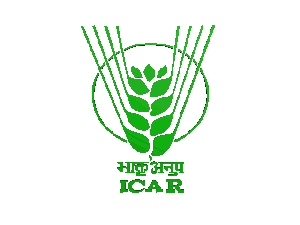Challenges due to shifting breed and species distributions
Although locally adapted breeds can be expected to cope with the
effects of climate change more easily than their exotic counterparts, rapid and
substantial changes to local climate may outstrip the capacity of local animal
populations to adapt through natural or human selection or of livestock keepers
to adapt their husbandry methods. This may give rise to the need for breed or
species substitution.
The emergence of mismatches between AnGR and their production environments
because of climate change, and the potential for moving species and breeds into
new geographical areas, represent both challenges and opportunities for AnGR
management. If it becomes difficult (in physiological or socio-economic terms)
to maintain a breed in its home area, it may be faced with the risk of
extinction. Conversely, introducing a breed to a new area may provide both new
opportunities for keeping it in use and new opportunities for local livestock
producers to adapt to climate change. Such challenges and opportunities are
intertwined elements within the process of change and should be addressed in a
joined-up way when taking decisions regarding the introduction of breeds or
species to new areas.
Identifying the factors that make livestock breeds vulnerable to the effects of climate change or other
threats may be a valuable means of identifying preventive steps that can be taken to reduce the risk of
extinction. Capacity to adapt livestock management practices in response to climate change is, in turn,
influenced both by access to inputs (external inputs and local natural
resources) and by knowledge (traditional or newly acquired) of the local
production environment. Breeds’ abilities to “disperse or colonize” new areas
may be influenced by their physical capacities, but a major shift in a breed’s
distribution requires a human decision to start keeping it in a new area, as
well as the wherewithal to move and establish it successfully.
The most straightforward objective for modelling the relationships between climate change and the
distribution of AnGR is probably that of identifying geographical areas where agro-ecological shifts
driven by climate change are likely to be so substantial and rapid that the breeds currently present will
no longer be suitable and will not adapt genetically with sufficient speed. In this way, vulnerable
locations might be identified for more in-depth investigation and if necessary practical support in
adapting livestock production to changed conditions. Breeds threatened by such changes might also
be identified as targets for conservation programmes or measures to support sustainable use.
|

